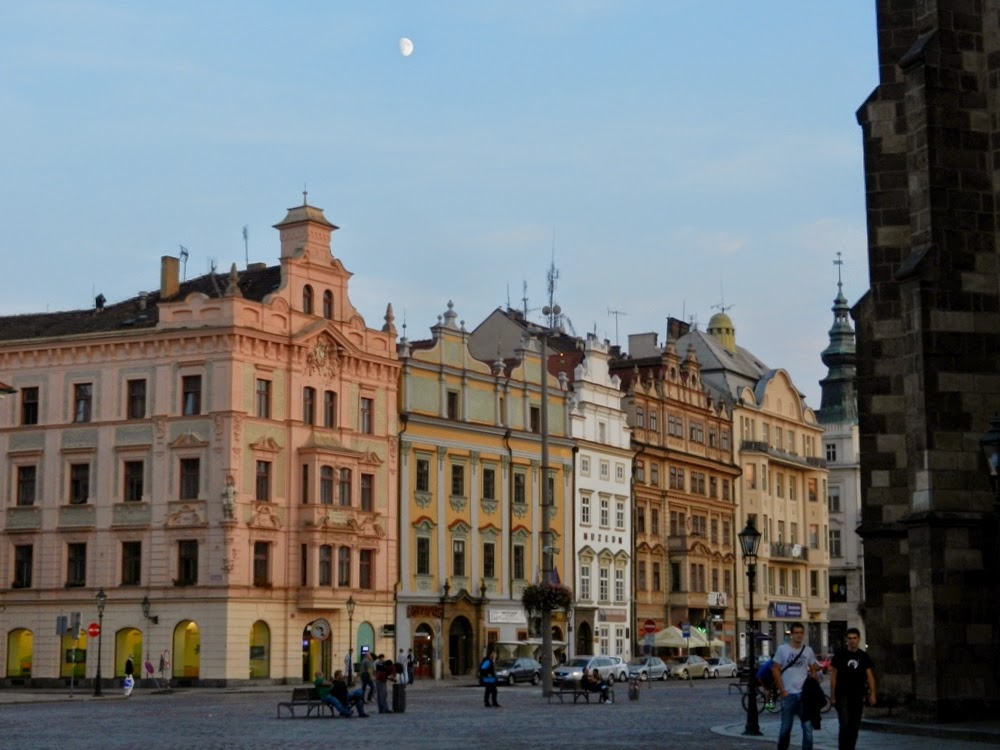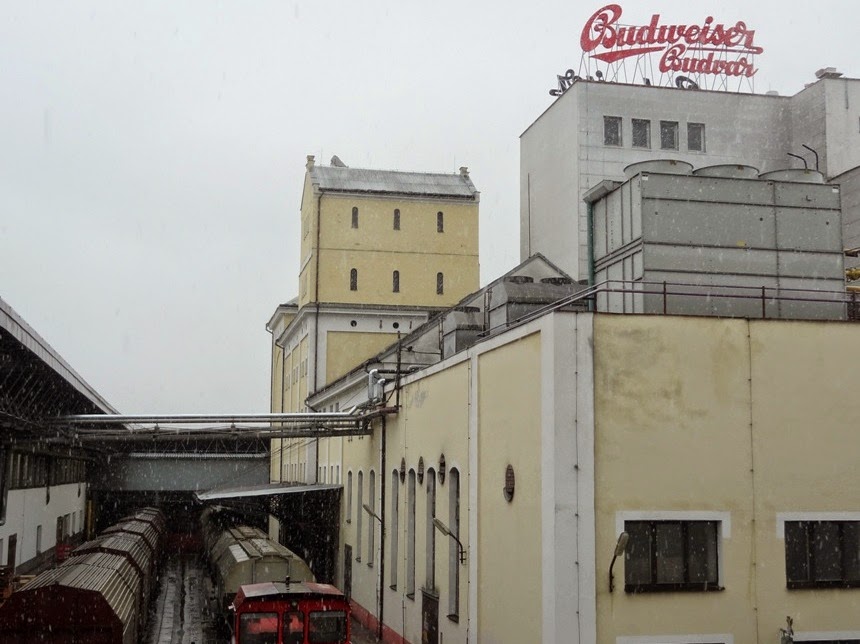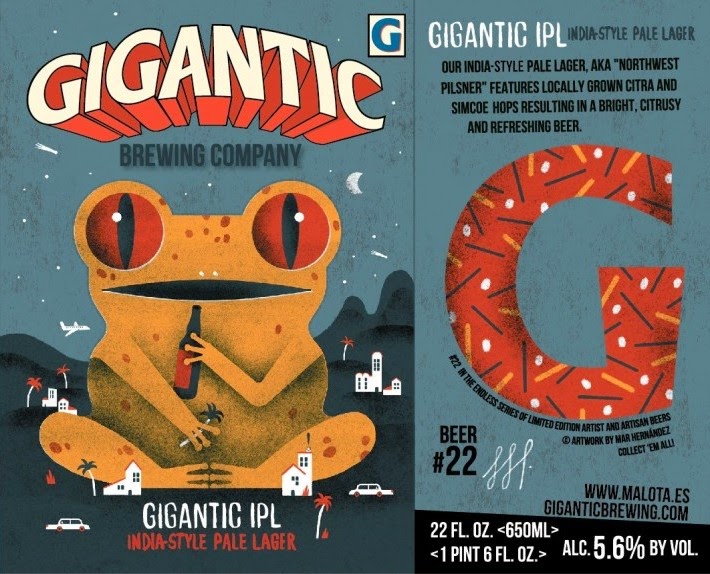Filling Bombers is Ungodly Expensive
This is the most superficially persuasive case. In comments below, Frank White (who sent us unnecessarily down the rabbit hole of the culture wars), puts it this way:
A small brewery using a third party to bottle beer in small batches -- beer that cost the small guy a lot more per oz to produce, due to diseconomies of scale -- is going to have WAY higher costs of production than even a good-sized craft brewery. Try 2x.On Facebook, TS, a brewery insider, statted it out:
For reference, let's consider a 10 BBL system. Considering grain, taxes, labor the cost per BBL is approx $105.00 Adding the costs of bottles, crowns, labels, packaging labor (assuming $12.00/Hr) this extrapolates to approx. 1,800 22 ounce bottle sales units.... If we use $5.58 as a retail price point for the 22 ounce bottle ... that yields the following Gross Marginal Profits: $10,064.29 per batch bnd Net a Marginal Profit of $6,644.86.I truncated the quote because he also gave the stats on ten barrels converted to six packs (net marginal profit of $4,684.44 per batch). Others made similar points, but these are the most cogent.
I think it's pretty clear from TS's numbers that 22s are plenty profitable. But that's actually beside the point. It's irrelevant what it costs the brewery. If a certain package is twice as expensive as a competing package for the consumer, then it's too damn expensive. Why on earth should anyone pay twice the cost for the privilege of drinking someone's beer? If your business model depends on selling in a package that is twice as expensive as a competing package, maybe you need to rethink your business model. But that is, in no case, the consumer's responsibility.
You Need to Pay More or Risk Losing Your Fave Little Brewery
This is related to the point above, at least in spirit, but it is no more correct:
Here's an interesting thought, if the market says a 22 is worth $5.50 and your a small brewer struggling to make every dollar count, why would you price your beer less? Ever hear the one about an artist who wasn't selling any paintings until he tripled his prices?I think everyone needs to reconsider this idea that small breweries are such hopeless business ventures. There are struggling breweries in Oregon, but their numbers are dwarfed when compared to businesses struggling in any other market system. You are a customer, not a brewery owner, and you need to think of your own interests. You are not responsible for keeping them in the black. There's an obvious reason breweries are opening so fast: they're very lucrative businesses. If you want to frequent your corner brewpub to make sure they stay around, great. But don't feel like you need to pay extra to subsidize breweries who would otherwise instantly be forced to make Hamm's.
Other People are Paying a Lot for Beer, so You Should, Too
That title pretty much rebuts itself, but I'll go ahead and give you the arguments first:
Isn't all pricing based upon what people can get?
and
The people in just about every other major city in the country must be laughing hard at these PDX price complaints. Beer is more expensive just about anywhere else, and we shouldn't be surprised that as our city gets more media attention, more people move here, and property values, costs, etc. increase, that the beer prices will too.This point contradicts the first point, which contended that small breweries have to charge a lot or face doom. Here the argument is, "breweries can get away with huge mark-ups, so why are you bitching?" Well, yes, they are getting away with large mark-ups. That was the point of my earlier point--it feels price-gougey and I'm not high on it. Arguing for price-gouging is an odd position to stake out.
Who Cares About a Few Bucks?
Some folks apparently have lavish beer budgets and so don't mind over-paying. They think you shouldn't mind, either:
If you're pinching pennies to such an extent where you're seriously worried about a dollar here or there going toward supporting the bottom line of breweries you like (those guys aren't exactly getting rich and rolling in money), you should probably consider cutting beer out of your budget altogether.and
Oh, FFS... people pay $5.50, or even $8.99, for a bomber because it simply isn't worth quibbling over the spare change between that and what they "ought" to charge. Is it less than 2 pints at the pub? Yes. Do they like the beer? Yes. Buy it, drink it, stop whining. If you're really that price sensitive, maybe you should be drinking water instead.Okay, first of all, there are a lot of people pinching pennies. We've just come out of the worst recession since the 30s. Young people are living at home and working three part-time jobs. They do not have tons of extra money laying around in piles on the floor.
But there's a reason everyone should care about this. One of beer's central selling points is that it's a working class, everyday drink. You buy a sixer for the week, you go to the pub after work. It's affordable. Craft beer is enjoying a moment of huge popularity right now that is almost certainly evanescent. How long the moment lasts depends in some large part on how long people continue to invest in it. All this excitement and growth depends on consumer interest. If you start pricing beer like wine, you will lose the bottom half of your consumer base. Beer has always swung back and forth between being a commodity product and a craft product. We're in a craft phase right now, but there's absolutely nothing that says we have to remain in it. If breweries start charging the same amount for a bottle of beer that good wineries do, the jig is up. Price inflation is bad for beer, not good.
I await your merry agreement in comments--




































